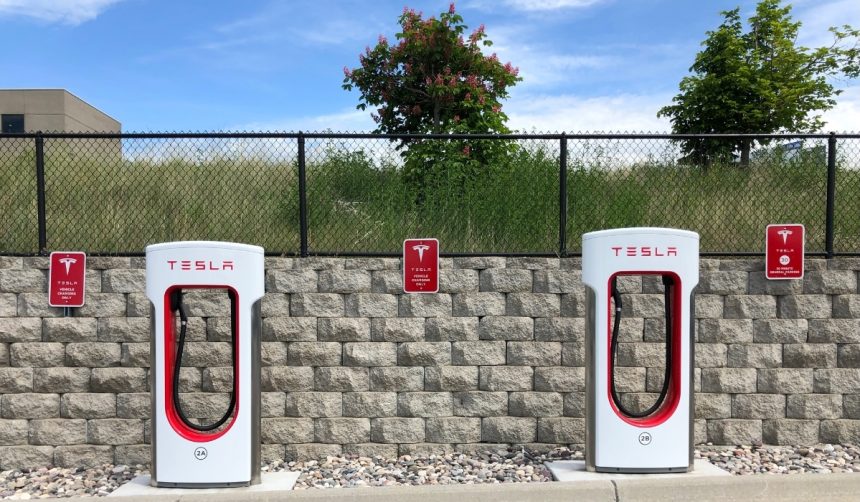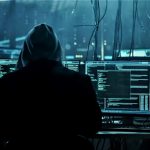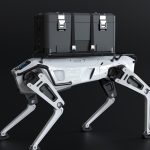Tesla has modified its approach to safety monitoring in its Robotaxi fleet in Austin following another significant service area increase. With the service now covering a greater portion of the city, including complex zones such as the Austin-Bergstrom International Airport and several major highways, new procedures have been implemented. The shift highlights Tesla’s response to the challenges of operating driverless ride-share vehicles in increasingly demanding traffic environments. As self-driving technology continues to attract both interest and scrutiny, the company’s adjustments reveal how operational realities are guiding deployment strategies.
Earlier coverage of Tesla’s Robotaxi program showed the service operating mainly within geofenced urban areas, where safety monitors sat in the passenger seat. The expansion in Austin marks one of the largest area increases since the program began there, contrasting with initial trials that kept vehicles away from highways. The recent extension brings Tesla’s fleet into direct competition with other autonomous taxi operators that have typically kept stricter limitations on high-speed road travel. The company’s adaptation of safety monitor practices follows similar patterns observed in the Bay Area, suggesting a coordinated approach in addressing regulatory and technical hurdles across key markets.
How is Tesla Operating Robotaxis on Austin’s Freeways?
Facing untested territory on high-speed roads, Tesla has decided to reposition its safety monitors. For routes using the freeway, monitors now occupy the driver’s seat instead of the front passenger spot, enabling quicker intervention if needed. The move brings Austin’s protocol closer to that of Tesla’s Bay Area operations, where safety drivers have been positioned the same way on comparable routes.
What Responsibilities Do Tesla’s Safety Monitors Have?
Safety monitors are tasked with ensuring passenger comfort, managing the cabin environment, and stepping in should the autonomous system require manual control. Tesla describes this arrangement as a precaution as the system navigates new, more complex roadway segments. A spokesperson commented,
“Safety remains our top priority as we gather data and improve the Robotaxi experience in new environments.”
The company insists that the adjusted procedures remain temporary and subject to ongoing review.
Is There an Update on Full Self-Driving Software?
The current Robotaxi software differs substantially from what is available to Tesla customers with Full Self-Driving packages. CEO Elon Musk has recently indicated that an updated version, FSD v14, will soon be introduced to vehicles, promising improved reliability and expanded features. Musk stated,
“Our next software release pushes the limits of what’s possible in autonomous driving.”
The exact timeline for the rollout remains unclear, but anticipation around FSD v14 continues to build as Tesla gathers more highway performance data.
Tesla’s policy adjustments in safety monitoring reflect both regulatory pressures and the technical realities of expanding autonomous driving services. Placement of monitors in the driver’s seat for highway segments follows the company’s broader pattern of aligning safety measures with environmental complexity. Comparing the information released this time with earlier updates, it is apparent that as Tesla ventures into more challenging roadway systems, its reliance on human oversight grows despite advancements in software. For readers watching autonomous vehicle deployments, it is important to track these procedural changes, as they often signal both the pace of innovation and the caution exercised by leading developers. Monitoring how companies like Tesla handle interventions provides insights into the balance between progress and safety in self-driving technology.
- Tesla expanded Robotaxi service across more of Austin, including highways.
- Safety monitors now ride in the driver’s seat on freeway routes.
- Upcoming FSD v14 software update is expected for broader deployment soon.










